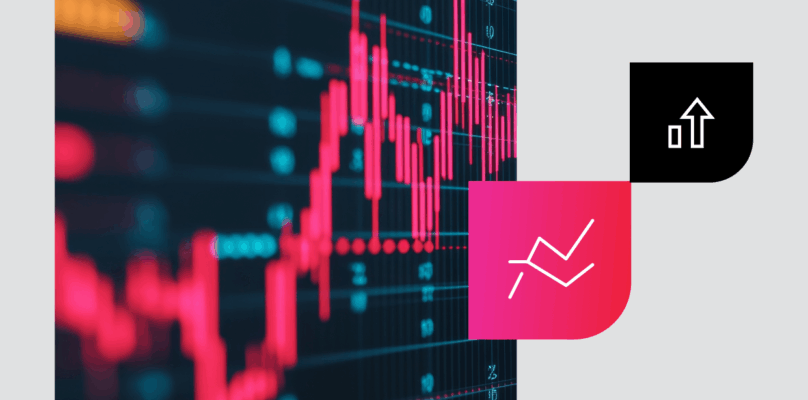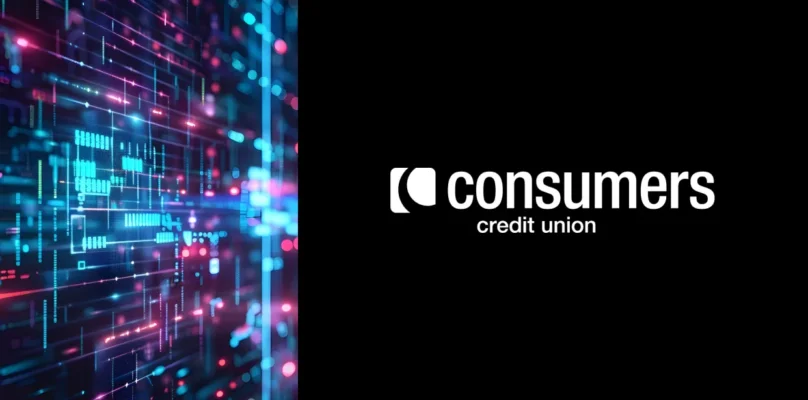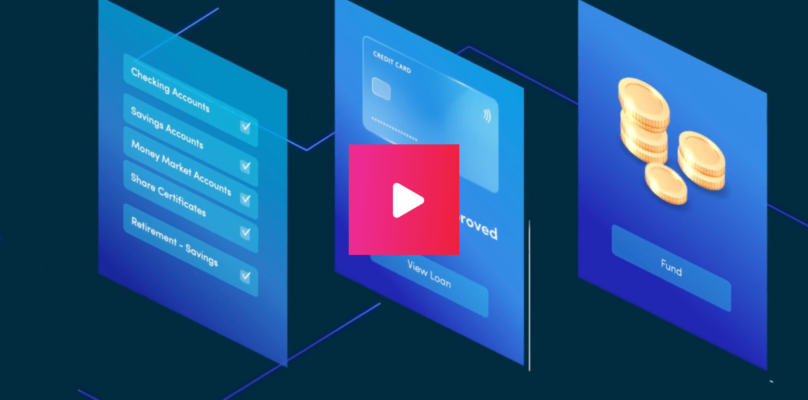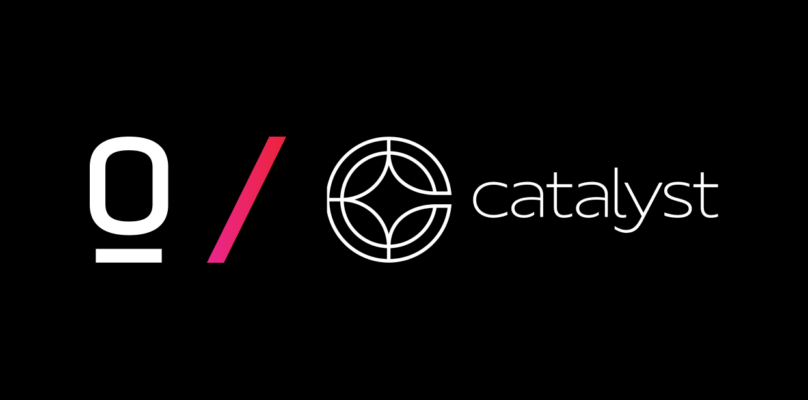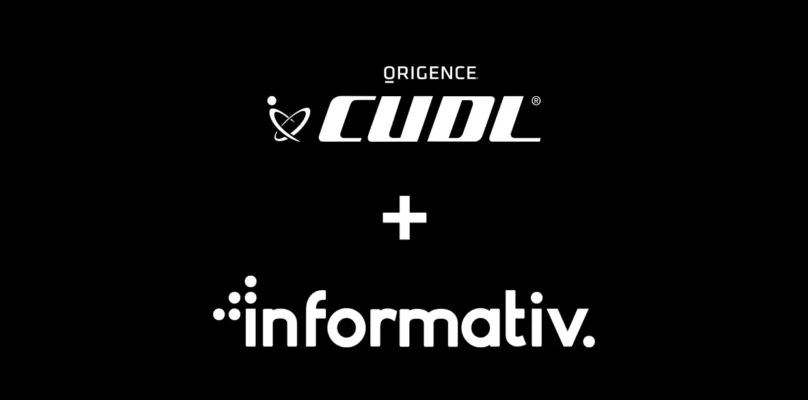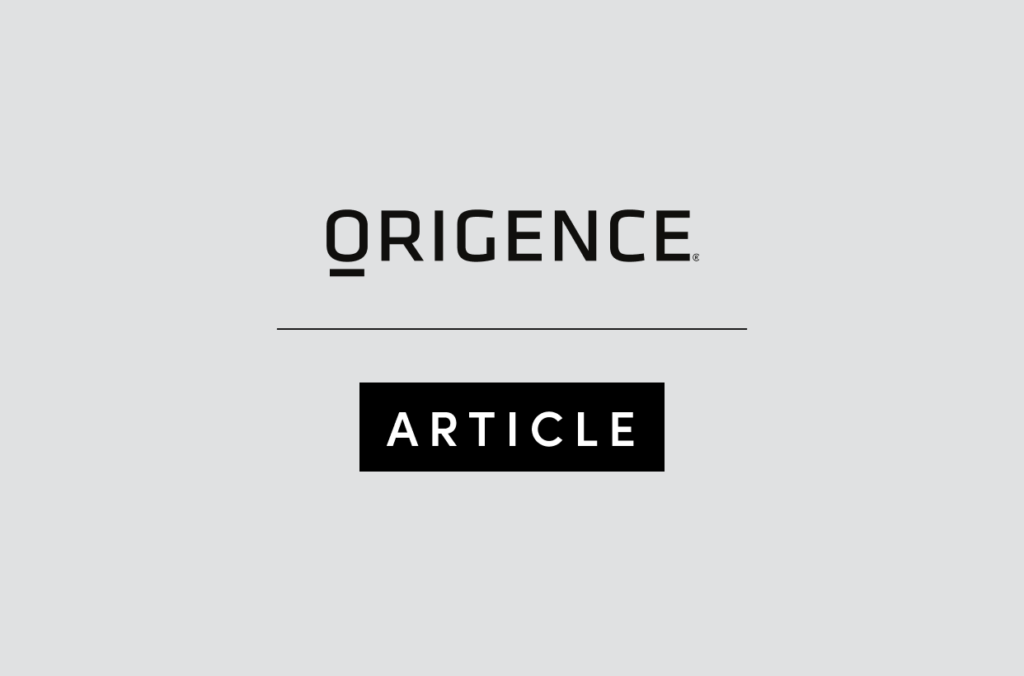The US economy was on the verge of breaking out of pandemic-induced doldrums before the recent discovery of the latest Covid-19 variant. Nonetheless, the economy is beginning to surge.
That was the message from economist Elliot Eisenberg during the recent quarterly economic and lending webinar hosted by Origence. Eisenberg noted many headwinds had been buffeting the would-be recovery, including labor shortages, a lack of computer chips used in cars and other consumer items, supply chain issues, inflation, and the lingering Delta variant.
“The economy is doing well, and that is the single most important thing to keep in mind,” he said.
Although there is not a lot of data available yet, GDP growth for the 4th quarter appears on track to be in the 5 percent to 8 percent range, a nice comeback following tepid growth of just 2 percent during the 3rd quarter. Among the positive trends: inventories have started to rebuild as supply chain issues begin to get resolved, auto sales have stabilized, and consumer spending is great.
“Retail spending on goods is up 20 percent. If this demand had ramped up gradually, it would have been good,” he explained. “The problem was factories were closed for two months, then reopened, then demand shot up dramatically.”
Consumers are beginning to spend again
Eisenberg continued to tick off positive signs for the fledgling recovery. He noted the Conference Board’s Consumer Confidence Index had been rising with the Delta variant receding, and various measures of real personal consumption expenditures are up.
“We are buying our brains out! We have an economy that wants more than we produce, and we are producing quite a lot.”
What this means going forward, Eisenberg said, is pent up demand continues to build. The manufacturing sector is down slightly from a few months ago but remains higher than historical levels. Key inventory-to-sales ratios have stopped falling, but retailer inventories remain too low. The number of ships waiting to enter the Long Beach-Los Angeles Harbor is increasing.
“Supply chain problems are at or near their worst,” Eisenberg noted. “They are likely to go away within a few months and we will begin to turn the corner.”
Corporate profits have “skyrocketed,” share buybacks are up more than 200 percent over 2020, which is helping drive gains in the stock market. Household balance sheets have recovered, as trillions in net worth have recovered. This has led many to retire early.
Savings inflow slowing down
Household savings rates have returned to normal now that the effect of three stimulus checks has dissipated. Eisenberg said credit unions can be confident they will not continue to see inflows because the government has stopped giving away money.
Credit union consolidation continues, as the number of CUs in the US has declined nearly 16 percent over the past 5 years, due largely to mergers and acquisitions.
Bankruptcies are low, but there may be more filings in 2021 as “helpful” policies melt away. With that said, Eisenberg said delinquency rates on all types of credit are down across the board. Credit card delinquencies are at 30-year lows, which is allowing financial institution to hold less in loan loss reserves.
Used car prices jumped dramatically, have since dropped slightly, but still are “very high” compared to normal. This is driven by a lack of supply, a problem Eisenberg predicted will be around for a few years due to a drop in production of new vehicles.
During the Great Recession, the US economy lost 4 million jobs, and it took 3 years to recover. The COVID recession lost three times as many jobs, but they came back twice as fast. Involuntary separations are as low as they were the month before the pandemic – finally, after 18 months.
“Companies are not letting people go,” he assessed. “The labor force lost more than 3 million workers, for a variety of reasons. The rate of retirements is way up, and parents are staying home to take care of children.”
Inflation is at the highest levels in years – even in core inflation measures that remove volatile elements such as energy. Eisenberg predicted it should peak in January or February of 2022 because nearly one-third of inflation is being driven by increasing prices of goods, which should decline as supply chain issues ease.
The Fed Funds Rate currently is at 0.125 percent, and the Fed says it will begin to raise rates in April or May of 2022. “It takes 18 months to feel the full impact of rate changes, so the Fed will raise rates as slowly as it can,” he said.
Housing inventory remains low and is the lowest in decades, which has driven the rise in prices. However, recent numbers suggest the peak may have occurred a few months ago. Eisenberg said 2021 will be the best year since 2006 for existing home sales. Not enough new homes are being built, and I don’t expect this to change in 2022 or even 2023.
“The outlook for 2022 is positive — I don’t anticipate the Fed raising rates until mid-2022, the U.S. should create 4 million jobs, inflation should ease, but spending on services should rise,” concluded Eisenberg.
Credit union growth picks up
David Adams, VP of lender client experience at Origence, noted during the event that Origence credit unions have experienced 37 percent YoY auto loan growth, with an especially strong surge in the third quarter. Origence credit unions as an aggregate regained the top lender spot in the nation in September, after briefly dropping to the number two slot earlier this year.
Through November, credit unions on the CUDL lending platform have funded 1.9 million loans.
